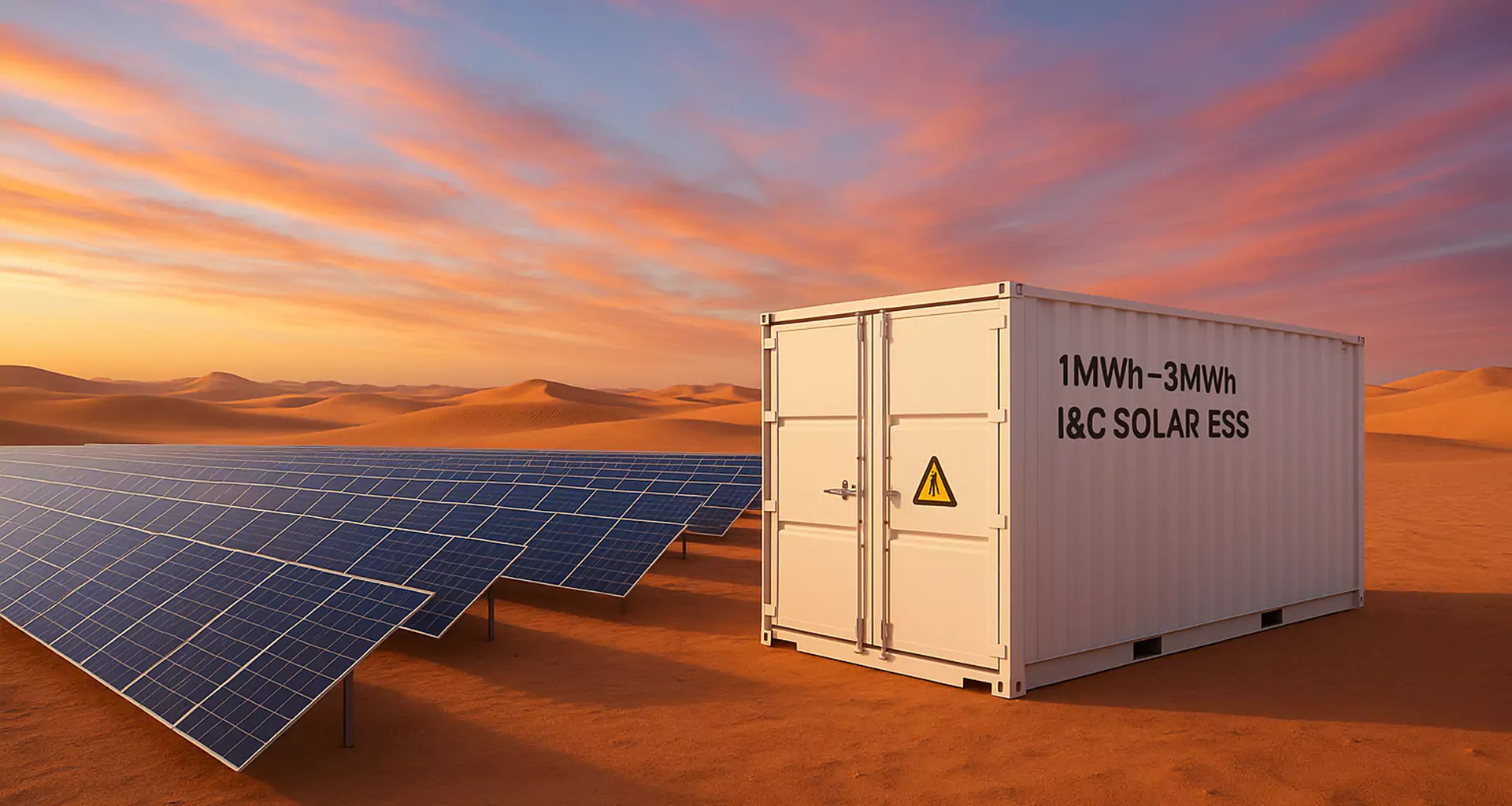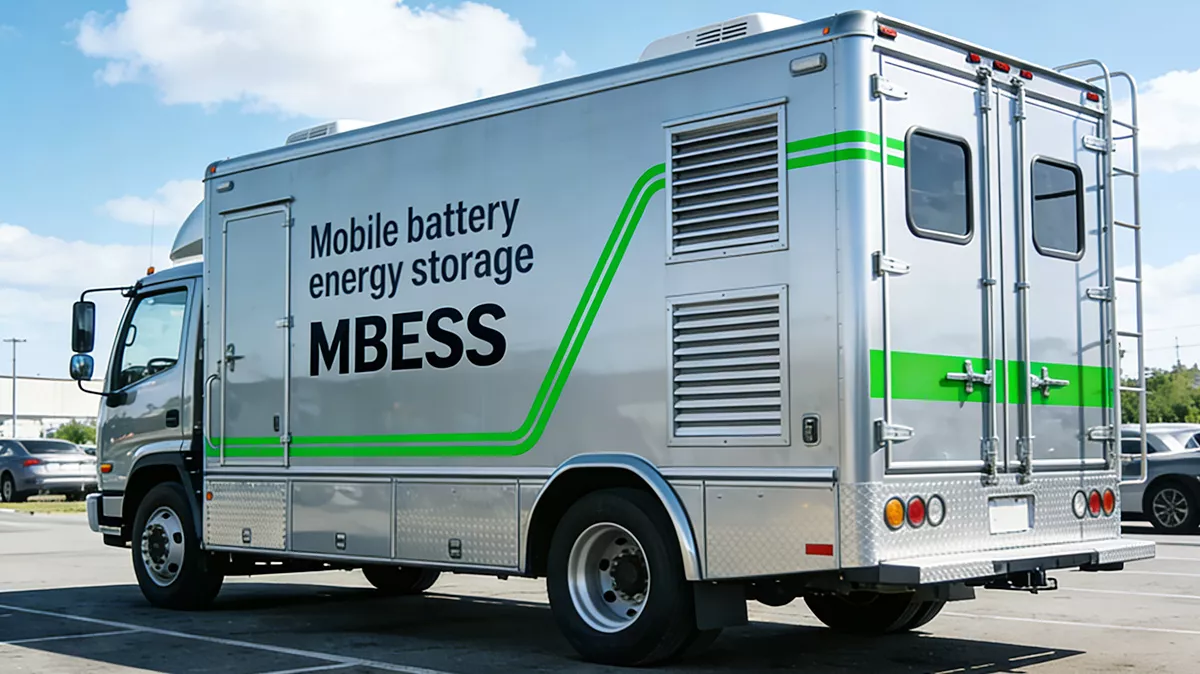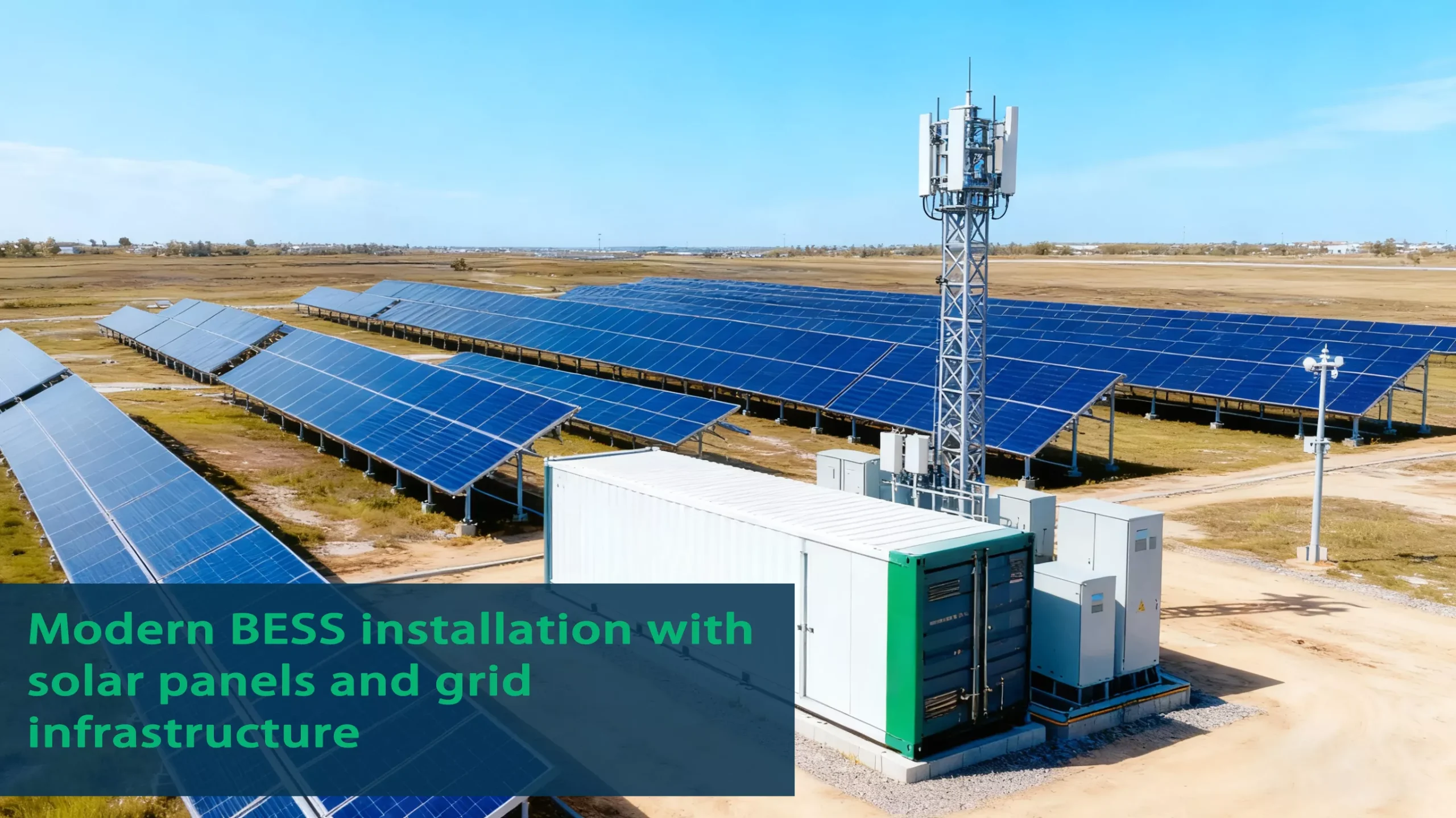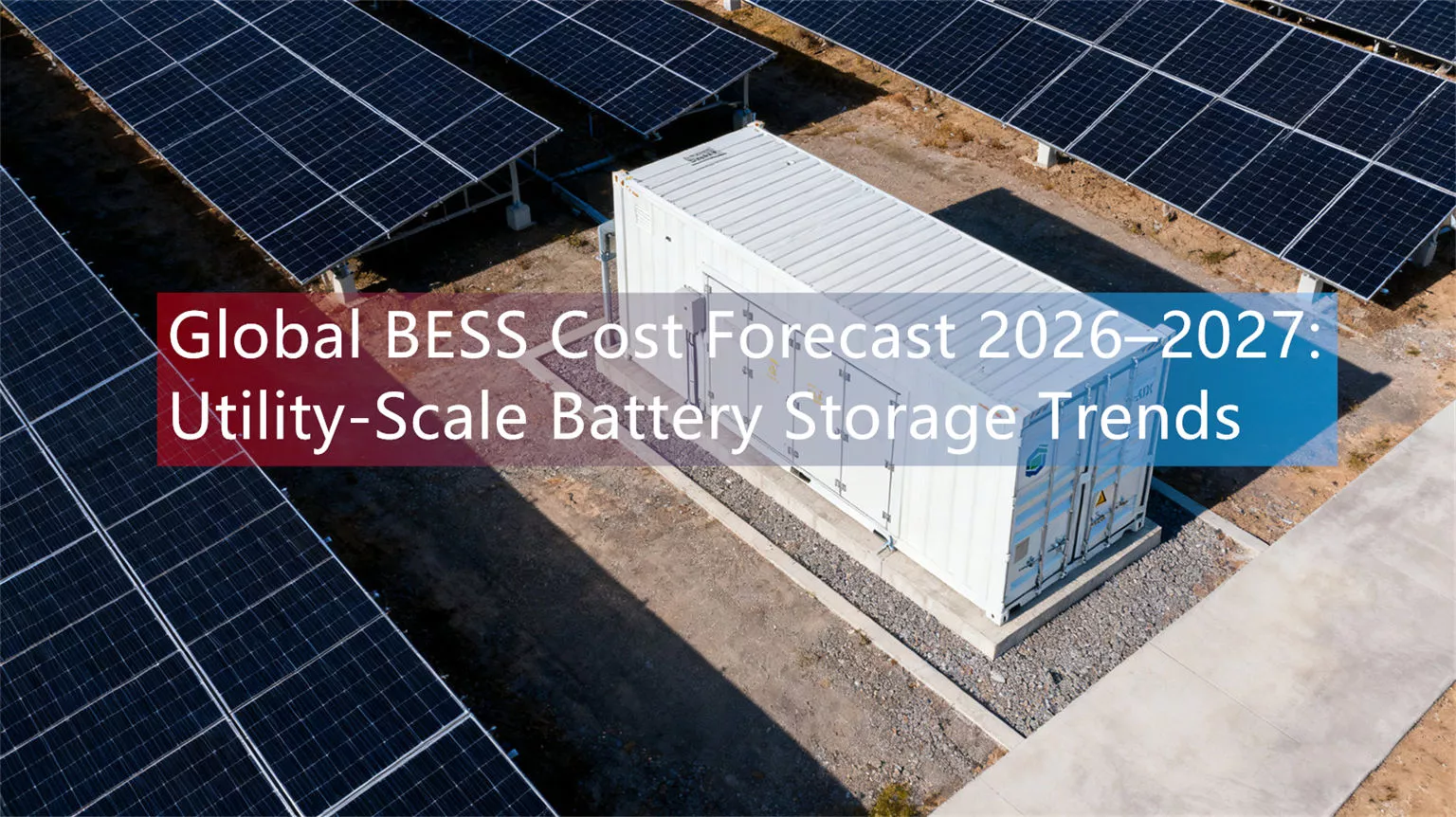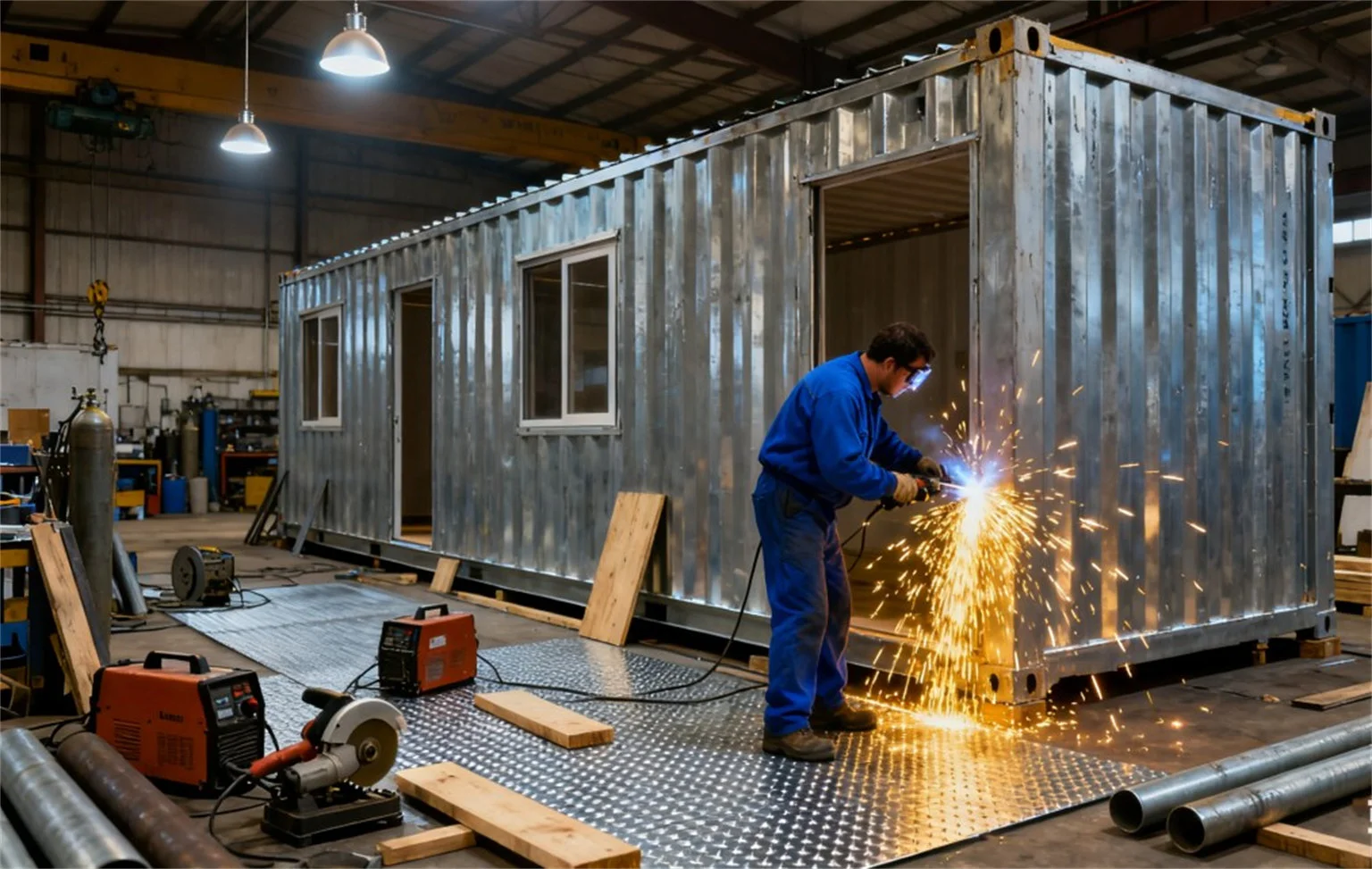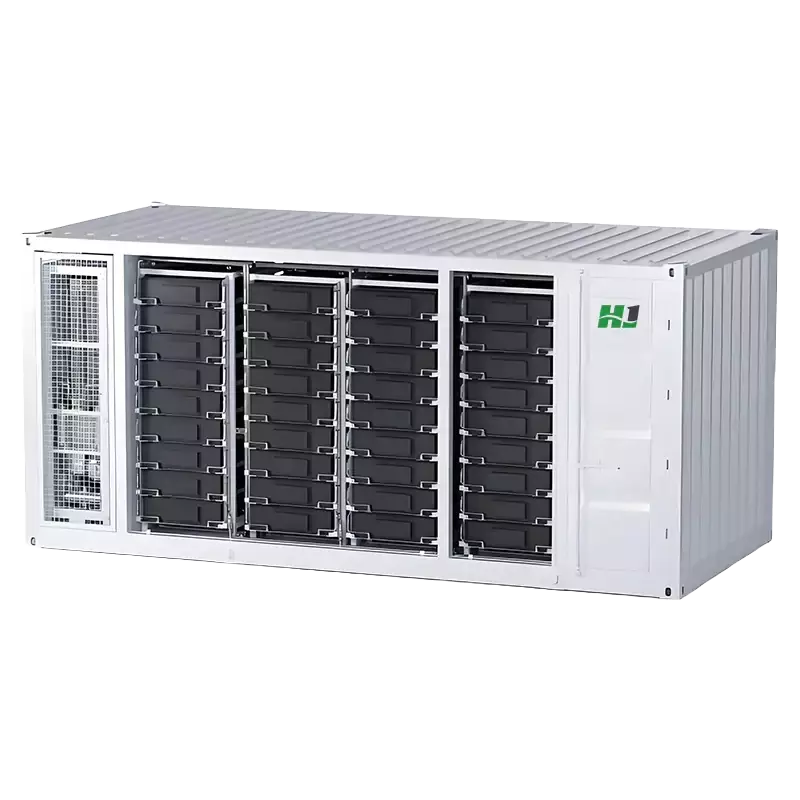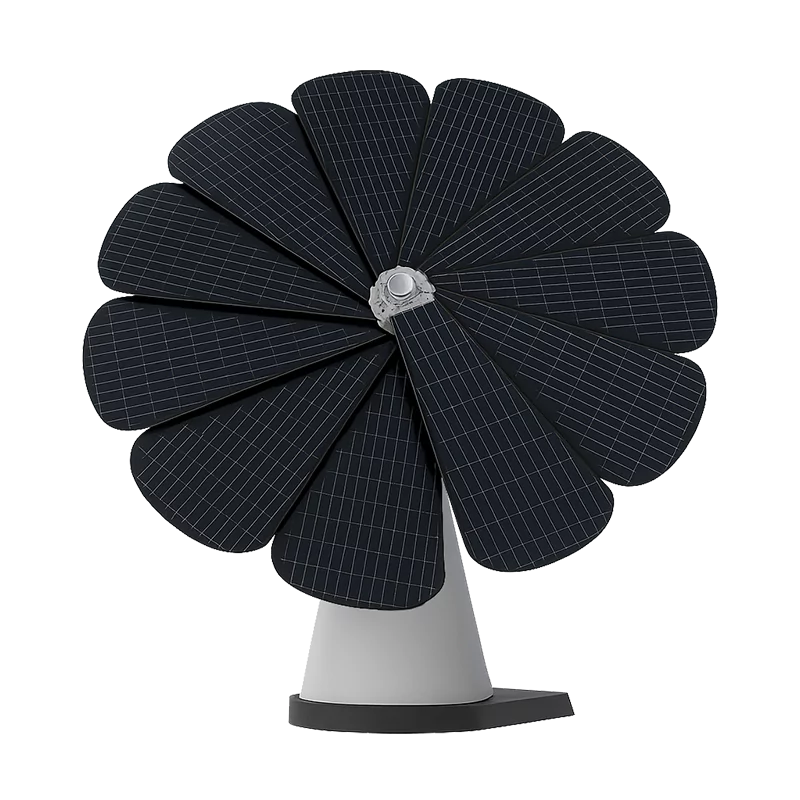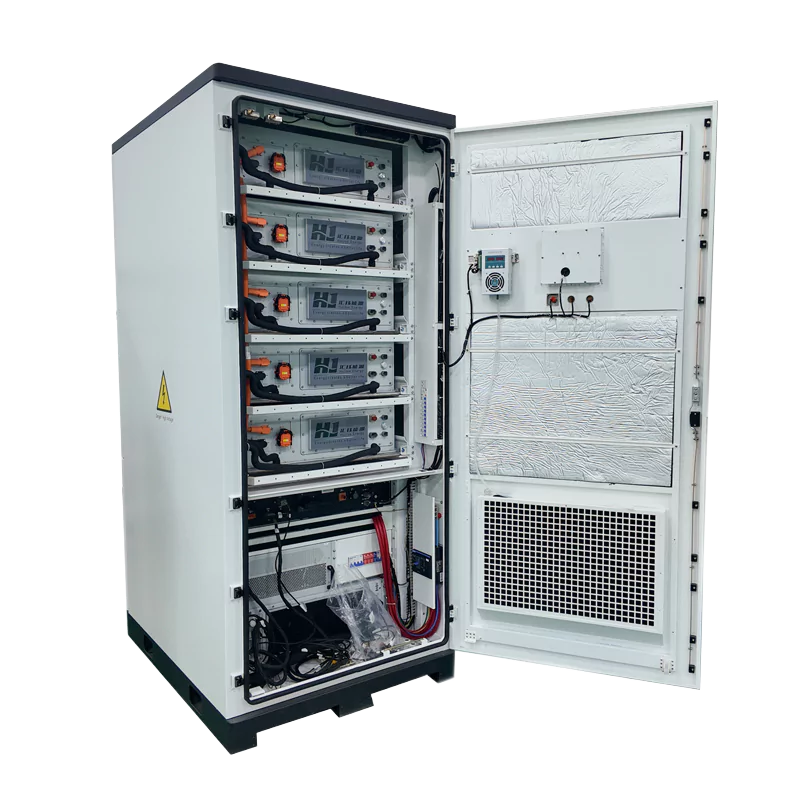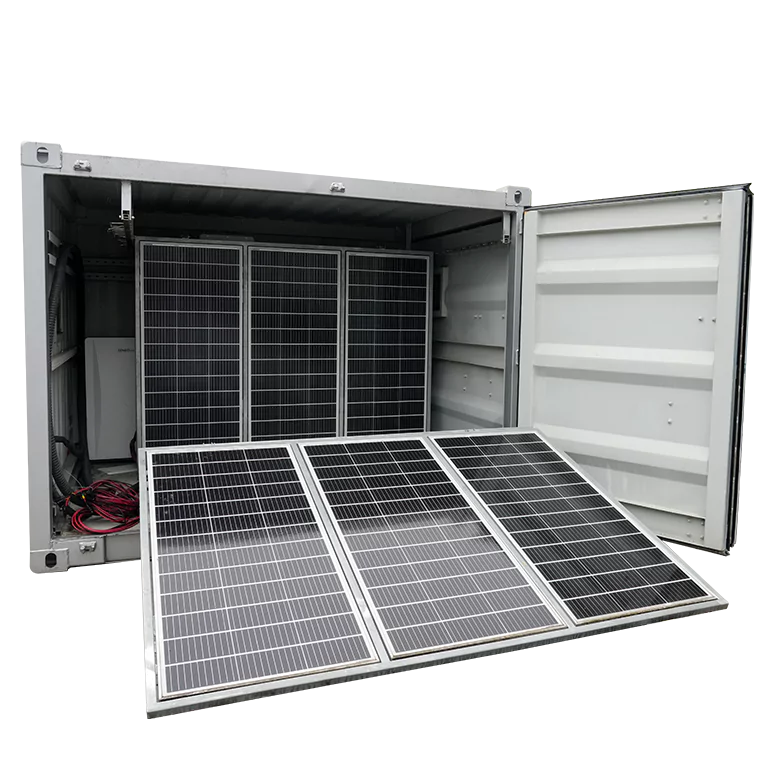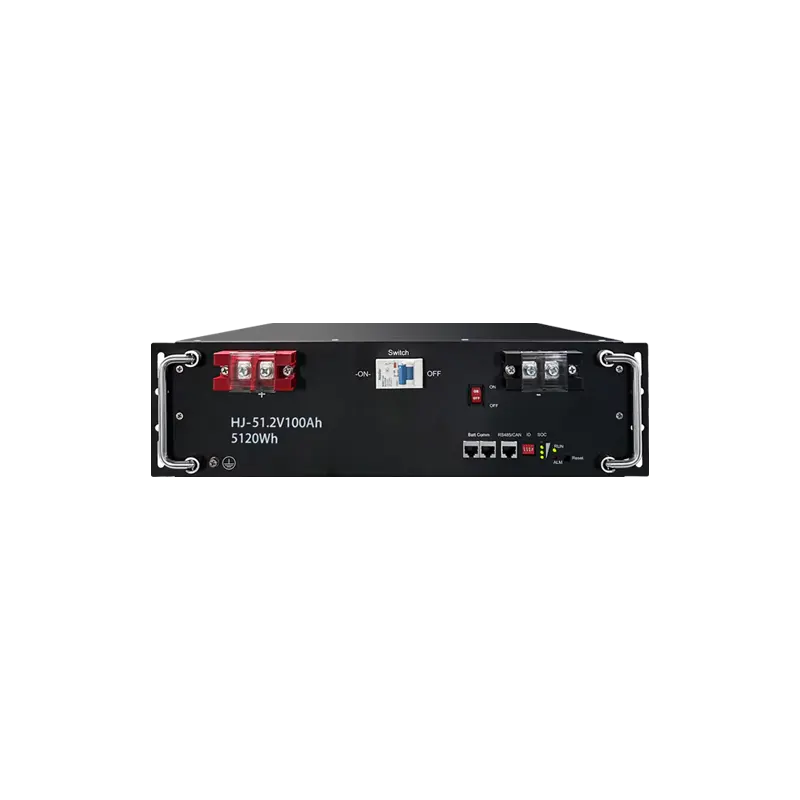EU Site Energy Carbon Trading (ETS): Boost Revenue & Compliance for Telecom Base Stations
As Europe accelerates its green transition, telecom operators face the twin challenge of meeting the growing demand for 5G infrastructure whilst complying with the EU’s EU Emissions Trading System (ETS). This article will discover how EU Site Energy Trading (ETS) can be mixed with Telecom Base Station Energy Management to pressure effectivity and sustainability, thereby unlocking financial opportunities.
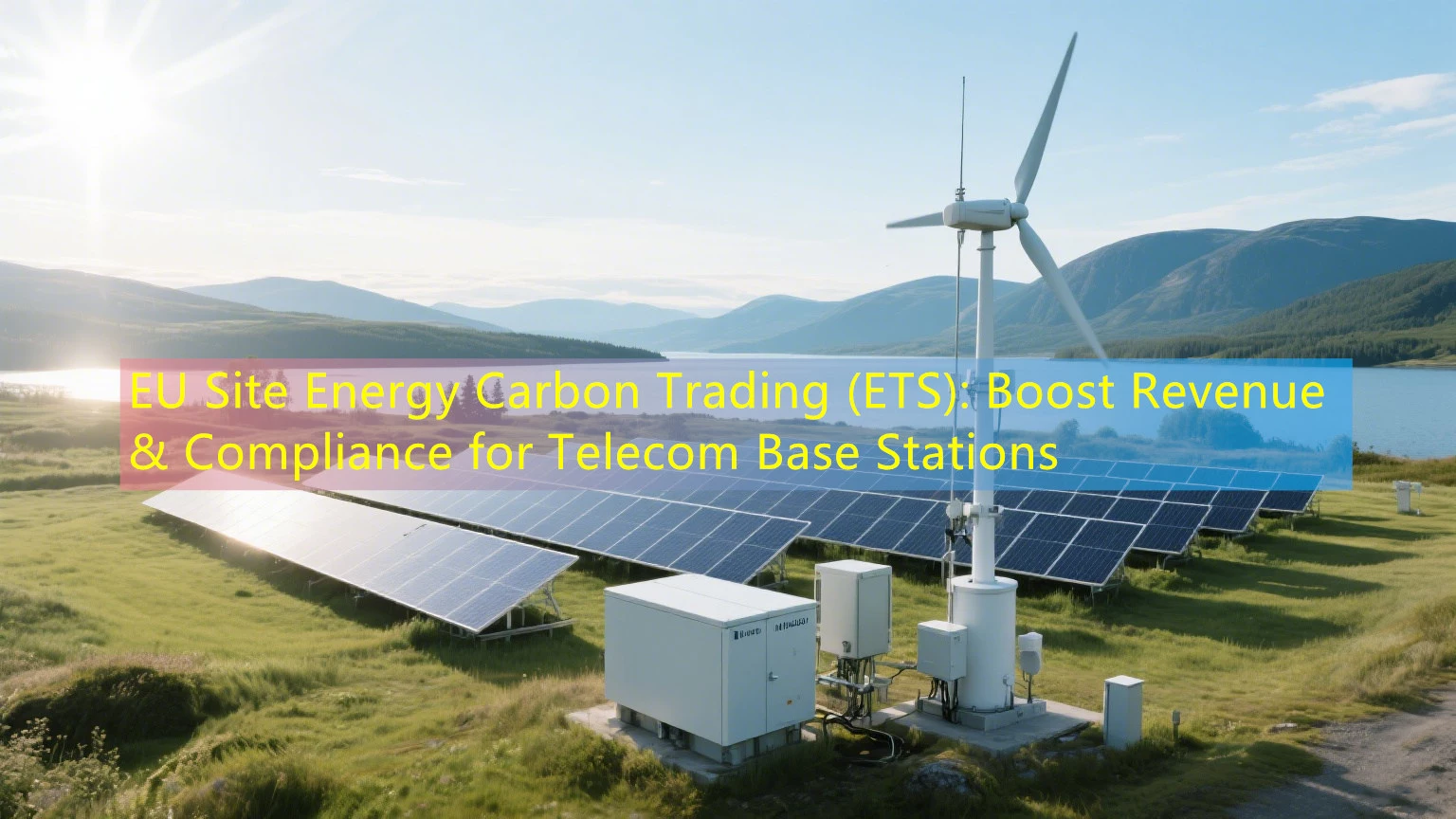
Understanding the EU Emissions Trading System and its impact on telecommunications infrastructure
The EU ETS is a cornerstone of European climate policy, using decarbonization through a cap-and-trade mechanism. The coverage units an emission cap for energy-intensive sectors, along with telecom infrastructure. Operators want to minimize their carbon footprint or buy allowances to cowl emissions above their allowances.
For telecom operators, the influence of the ETS is twofold:
- Financial impact: Carbon costs are predicted to exceed 90€/ton via 2025, without delay growing working costs.
- Regulatory challenges: Non-compliance incorporates a great of 100€/tCO₂.
- Revenue opportunities: By decreasing carbon emissions, communications operators can generate carbon credit and promote them on carbon markets, developing new income streams.
Regional challenges and opportunities throughout Europe
Germany: Balancing grid balance with power transition
Germany’s Energiewende prioritizes renewable energy, however grid instability threatens communications reliability. Operators such as Deutsche Telekom are deploying wind-solar hybrid structures at 5G web sites to minimize grid reliance.
France: Leveraging ETS flexibility to telecom towers
Urban conversation towers in France face area constraints, and HighJoule’s Compact Energy Hub (CEH-30) affords a solution, outfitted with a 30kWh lithium battery and AI-driven load balancing, optimizing energy efficiency in high-density areas. This aligns with France’s ETS flexibility measures, and operators can offset emissions via renewable electricity integration.
Nordic countries: Leading the way in renewable power integration
Nordic conversation operators, such as Telenor, are main the enterprise with a hundred percent renewable energy Power Purchase Agreements (PPAs). This is additionally strengthened via HighJoule’s solar-wind hybrid system, which combines 8kW photovoltaic panels and 5kW vertical axis wind turbines, achieving 55% energy efficiency improvement over separate systems.
Central and Eastern Europe: Addressing Energy Crisis Risks
In Central and Eastern Europe, mainly in Poland and Hungary, telecom operators face electricity shortages, with many areas relying on diesel generators, ensuing in a 30% expand in running costs. HighJoule’s Grid-agnostic Power System (GPS-50) provides over 7 hours of backup power via integrating a 20kW hydrogen gasoline cell, whilst producing tradable carbon credits.
HighJoule’s Solution: Connecting with ETS to Achieve Profitability
HighJoule’s ETS-compliant power gadget presents telecom operators throughout Europe with the capability to align operational desires with carbon discount dreams whilst optimizing profitability.
1. Smart Energy Management Platform
- AI-driven Optimization: Reduce power consumption by 25-40% via dynamic load adjustment and renewable electricity integration.
- Carbon Accounting: Track emissions in actual time and generate automatic reviews to make certain ETS compliance.
HighJoule Smart Energy Management Platform
2. Modular Energy Storage System
- 30kWh Lithium Battery: Provides 8+ hours of backup power, lowering reliance on diesel generators.
- Grid-to-off-grid switching: Ensures continuity in areas with unstable electricity supply.
HighJoule Modular Energy Storage
3. Renewable Energy Hybrid System
- Wind-Solar Integration: Achieve 11–15 TWh of energy savings per year, equal to powering 400,000 homes.
- Carbon Credit Generation: Every 1MWh of renewable power produced can offset 0.8 tons of CO₂, generating tradable carbon credits.
Case Studies

Telefonica’s Carbon Neutral Market vs. HighJoule’s ETS-Driven Model
Telefónica offsets carbon emissions via a tree planting mission in partnership with ClimateTrade, whilst HighJoule’s answer immediately achieves economic advantages through ETS compliance:
- ETS compliance: By lowering emissions, operators avoid purchasing allowances at prices above 90€/ton.
- Revenue generation: Remaining carbon credits can be sold on the EU carbon market, generating 50,000€ to 200,000€ in income per site in high-emission areas.
- Sustainability impact: HighJoule’s system reduces 19 tonnes of CO₂ per year, equal to planting 1,000 trees.
Carbon Revenue in the Polish Communications Industry
Operator: Nordic Telecom (anonymous)
Location: Rural sites in Warmia-Masuria, Poland
Challenge: Rising ETS-related energy costs threaten profitability of rural sites.
Solution:
- Install 8kW photovoltaic + 48V/200Ah lithium battery system at each site, using HighJoule’s HJ-4800M platform.
- Sign regional wind PPA to cover last load.
- Implement AI-driven carbon and cost optimization algorithm.
Results (12 months):
| Indicators | Before ETS | After ETS |
|---|---|---|
| Grid electricity use | 100% | 22% |
| Carbon intensity (gCO₂/kWh) | 680 | 89 |
| ETS compliance costs | €3,810/site | €497/site |
| Carbon credit revenue | €0 | €1,200/site |
Sell surplus renewable certificates via the EEX spot market.
Getting Ready for ETS Compliance in 2026
With the expansion of EU ETS Phase 5, telecom operators must adapt to growing carbon compliance requirements. HighJoule’s ETS-optimized power solution helps future-proof communications infrastructure through integrating renewable energy, energy storage, and AI-driven optimization.
Three strategies to ensure future compliance of communication networks:
- Adapting to the expansion of ETS coverage: With the introduction of the EU Battery Act, it will be extended to more industries in the future, and hybrid systems can ensure that sites can cope with future emission regulations.
- Monetizing carbon assets: Communication operators can trade renewable certificates generated by solar and wind energy generation systems, turning compliance into a source of income.
- Rational use of state aid: Germany’s carbon fee compensation program requires beneficiaries to invest ≥50% of subsidies in decarbonization technologies, and HighJoule’s solution meets such funding requirements.
Explore HighJoule’s products today to stay ahead in the evolving carbon economy and optimize your telecom infrastructure energy performance.
Find Your Solar + Battery Storage Specialist Now!
* Fill out this form and our experts will help you find the perfect solar storage solution for your home or business.


